Field work to conserve old growth forests and caribou habitat in the North Columbia mountains began this month.
The project that we’re embarking on is identifying, assessing, and advocating for the protection of endangered old growth forest in the Inland Temperate Rainforest. Not a lot of ground assessment has been done in the Inland Temperate Rainforest, and often those who visit the region are doing so for logging purposes. On some days, 500, 600, 800-year-old trees are coming out of these valleys loaded on logging trucks. Often, we don’t know what we’re losing.
To document what’s at stake, Eddie Petryshen, our Conservation Specialist, visited the globally rare and irreplaceable ecosystem with Toby Spribille (the scientist who discovered that lichens can consist of multiple fungal partners, not just one) to research new-to-science and rare lichens and field assess endangered Inland Temperate Rainforest stands.
This important conservation project is made possible by the BC Conservation & Biodiversity Awards. We are looking forward to sharing our and Toby’s findings with you soon. For now, follow us along through photos for a journey into the Seymour.
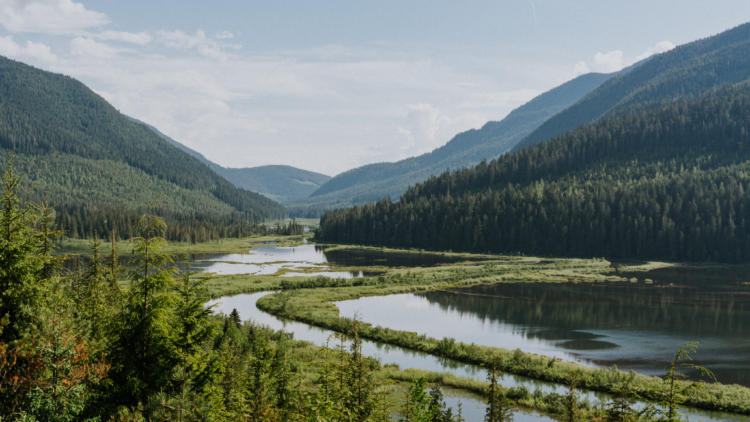
The upper Seymour river slowly meanders through wetlands. Its source is the high elevation Northern Monashee Mountains.


The Seymour River at high flow.
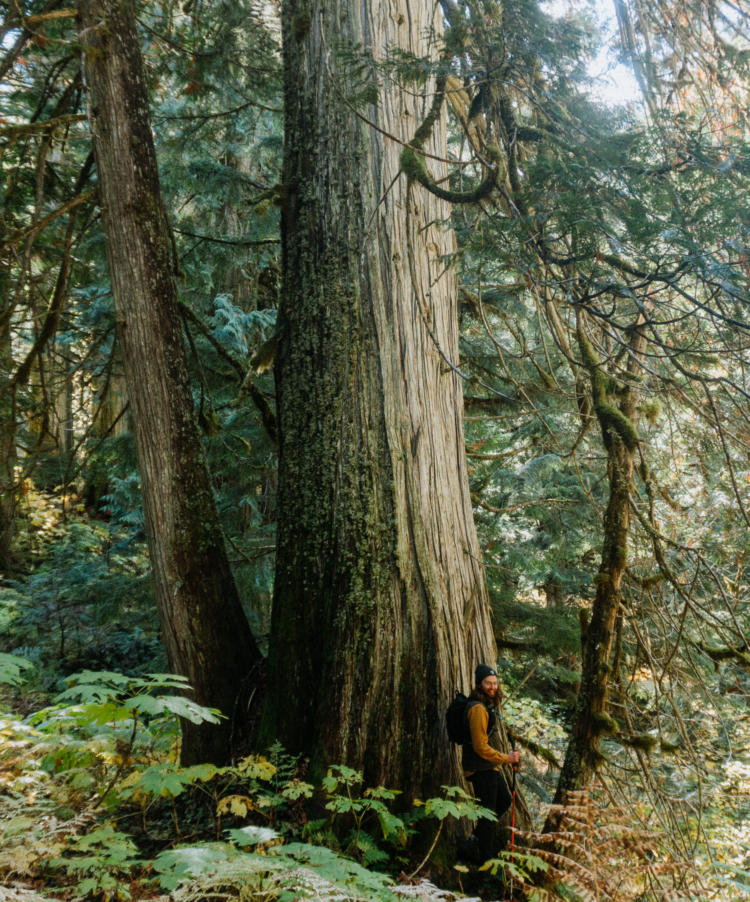
The Seymour River watershed contains some of the oldest and largest trees in the Southern Interior with ancient cedar trees aged between 600 –1,000 years and potentially older.
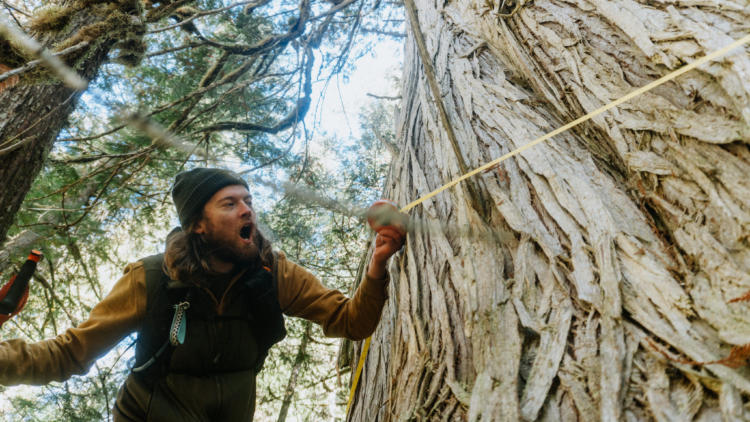
Measuring a large diameter cedar.


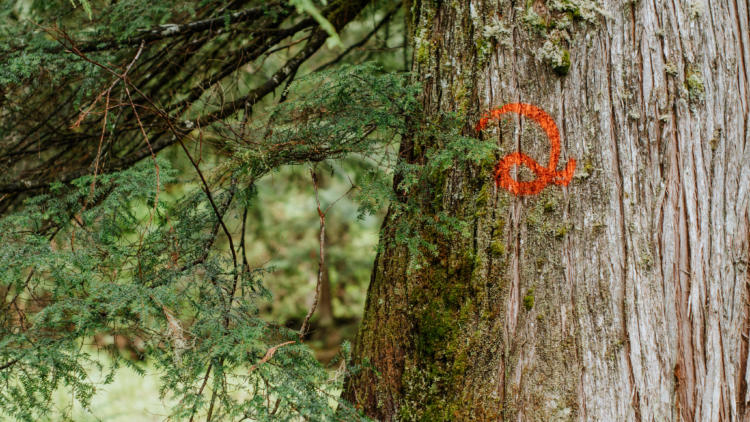
Louisiana Pacific and BC Timber Sales have cumulatively proposed to log more than 620 hectares of low elevation old growth, the loss of which will severely fragment ancient forest and degrade core caribou habitat and limit connectivity.
Above: a large ancient cedar is painted in a cruise plot to calculate the logging volume. Often when these types of stands get logged we don’t know what we’re losing.
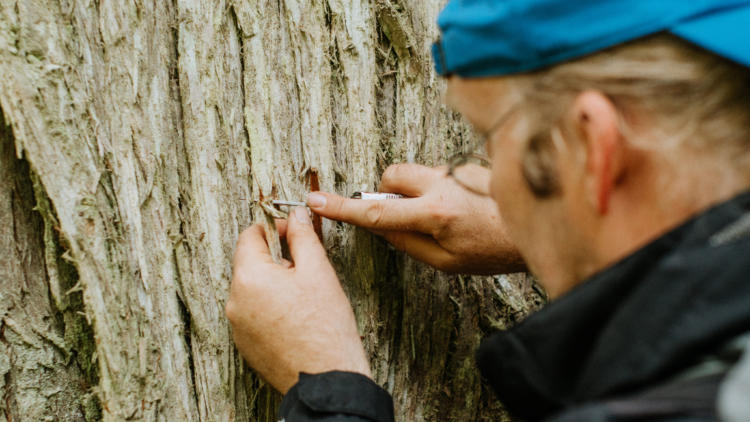
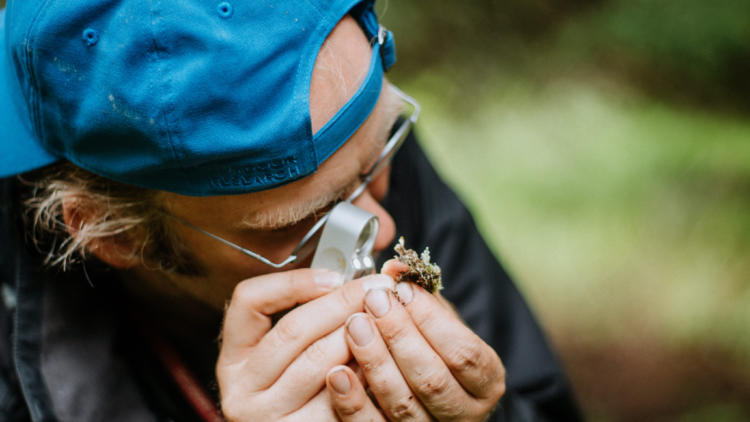
To document some of the rare species and old growth ecosystems we partnered with lichenologist Dr. Toby Spribille. Our aim for this project is to help conserve old growth forests and caribou habitat in the North Columbia mountains.
Above image: Dr. Toby Spribille takes a sample from the dry side of a cedar tree.
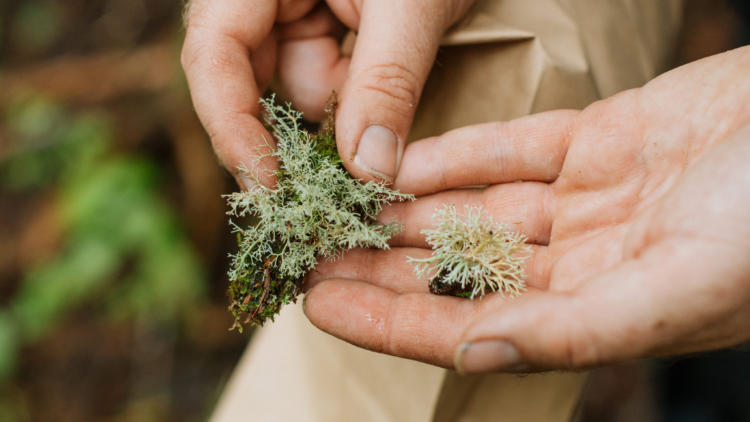
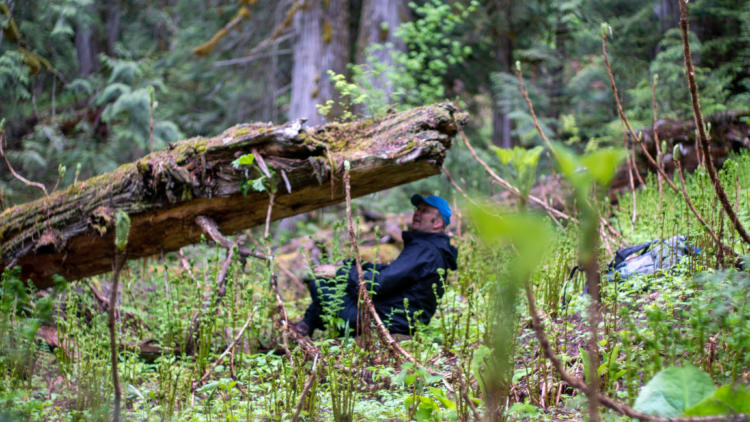
Many lichen species rely on very niche environments such as the decaying underside of a fallen snag.
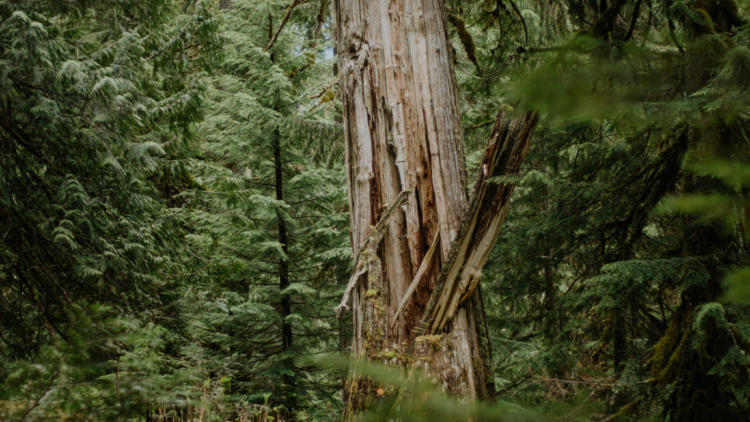

The above tree measured in at 2.8 metres but it was a very difficult tree to measure as its low side was on a steep slope.
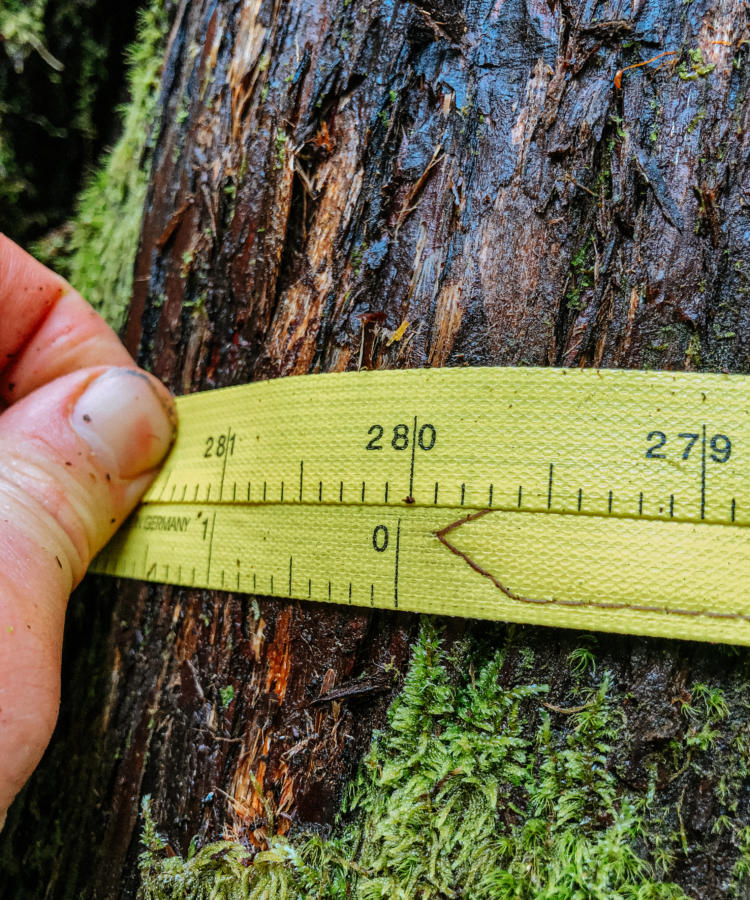
Diameter tape for scale. The tape was pulled straight for measurement.
 The wet side of a large western cedar.
The wet side of a large western cedar.
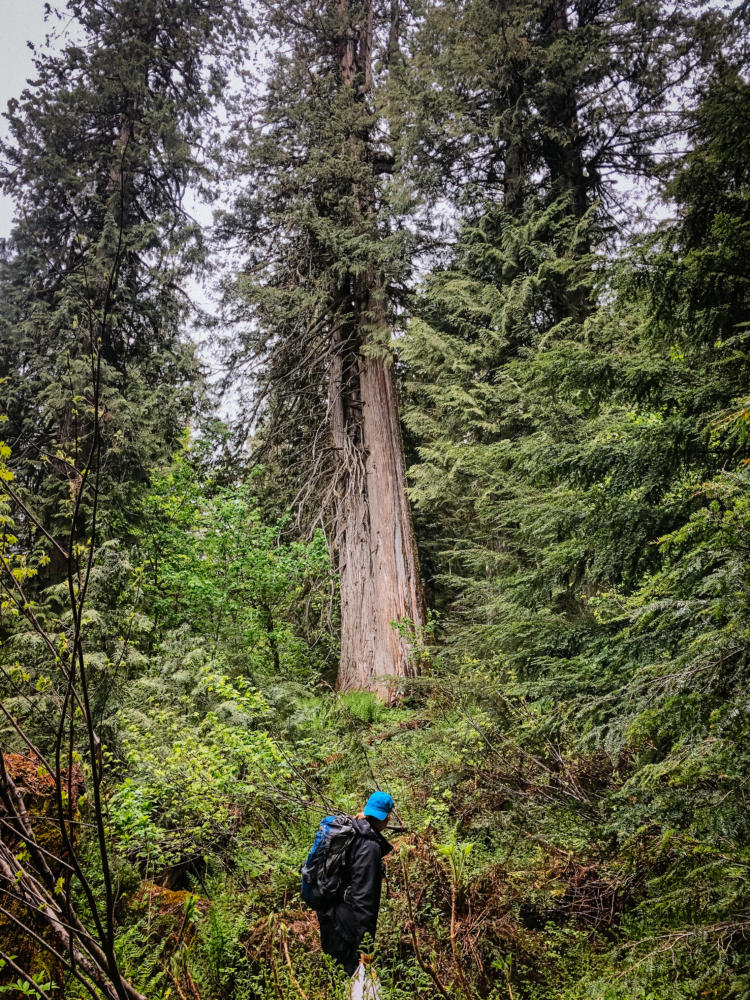
Toby approaches the largest Cedar we found.
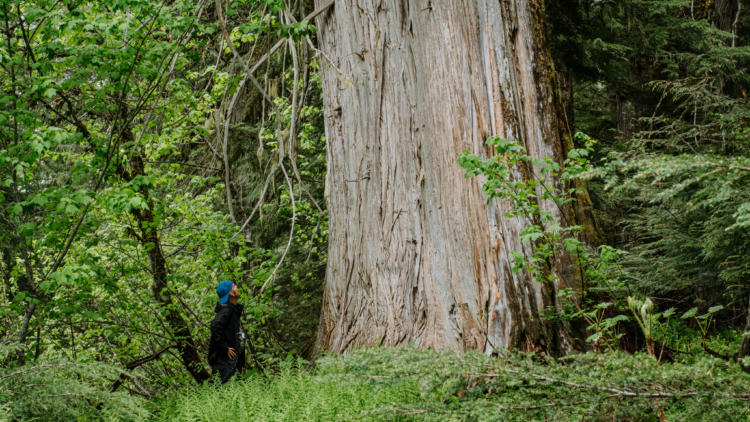

A zoomed in pin lichen.
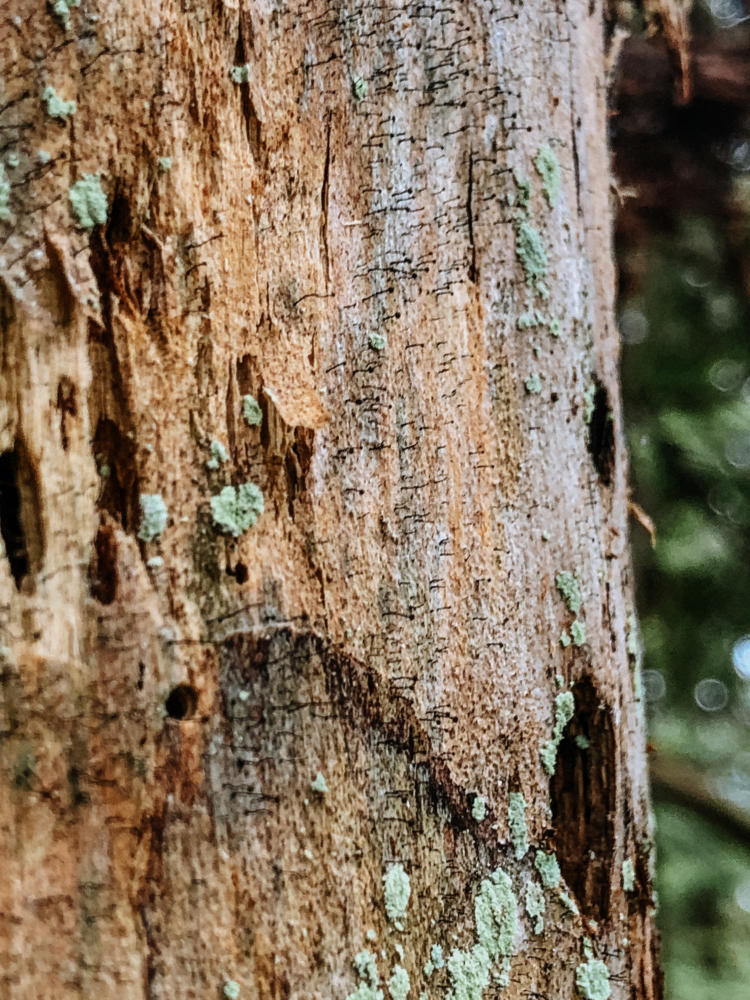
Pin lichens on a hemlock snag.

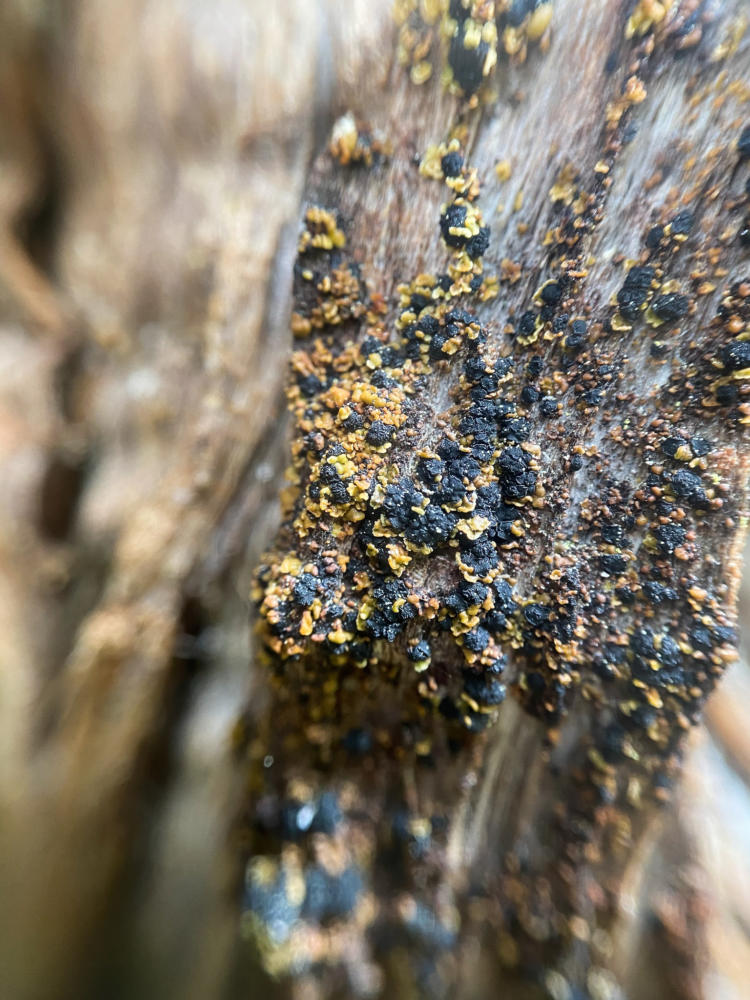
Old growth clam lichens

Waterfall spray zones often harbour spectacular lichen diversity.
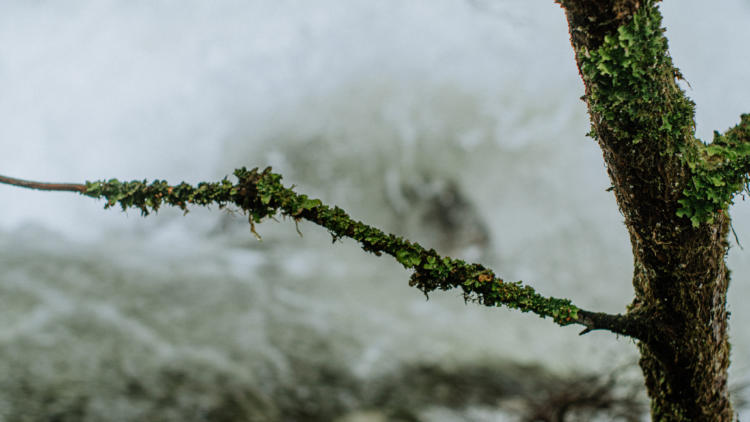
Lobaria pulmonaria or lungwort, a very common lichen, clings to a branch.
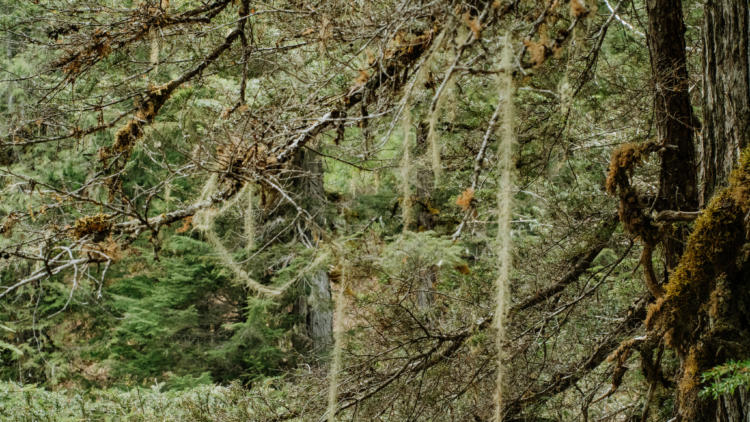
As Toby assessed forests in the Upper Seymour he found an extremely rare macrolichen in inland rainforests, the Methuselah’s beard lichen (Usnea longissima). Although assessed as secure overall in British Columbia as a whole, Methuselah’s beard has been previously recorded only three times in interior British Columbia, including once in the Seymour River drainage in 1995 (Goward 95-891, UBC).
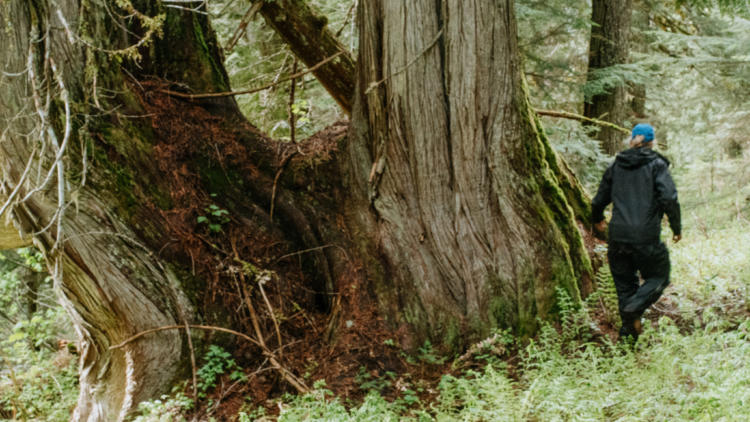
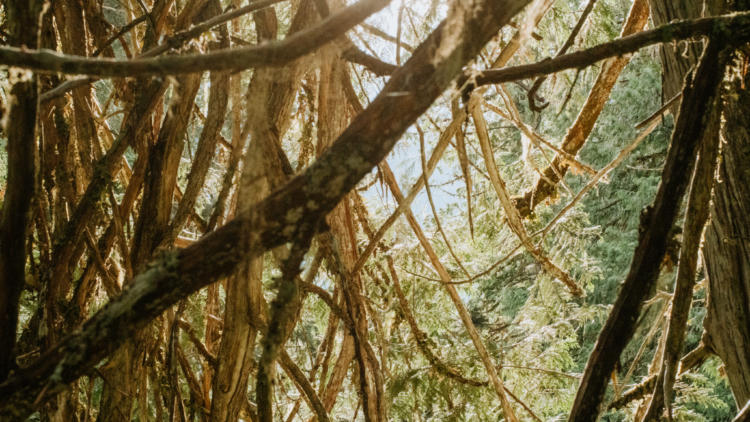
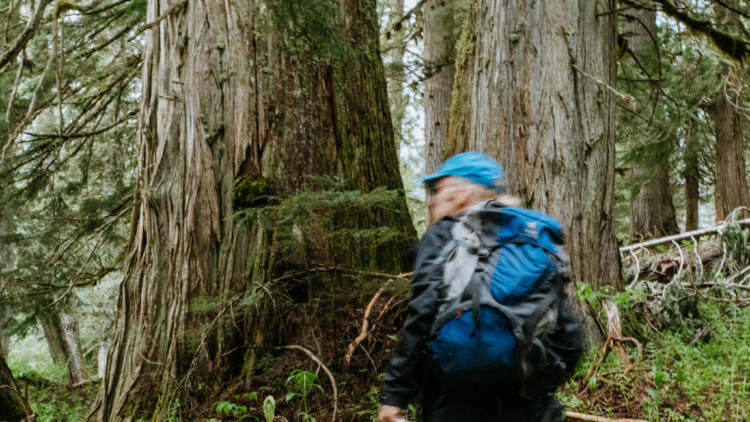

A group of large ancient cedars painted in a cruise plot to calculate logging volume.

Lobaria retigera or Smokers lung is a threatened species and a “flagship” species among a suite of rare and uncommon epiphytic lichens and bryophytes that depend on humid, old growth forests in British Columbia (B.C.) Click here to learn more about Smokers lung.

The underside of Braun’s Holly Fern
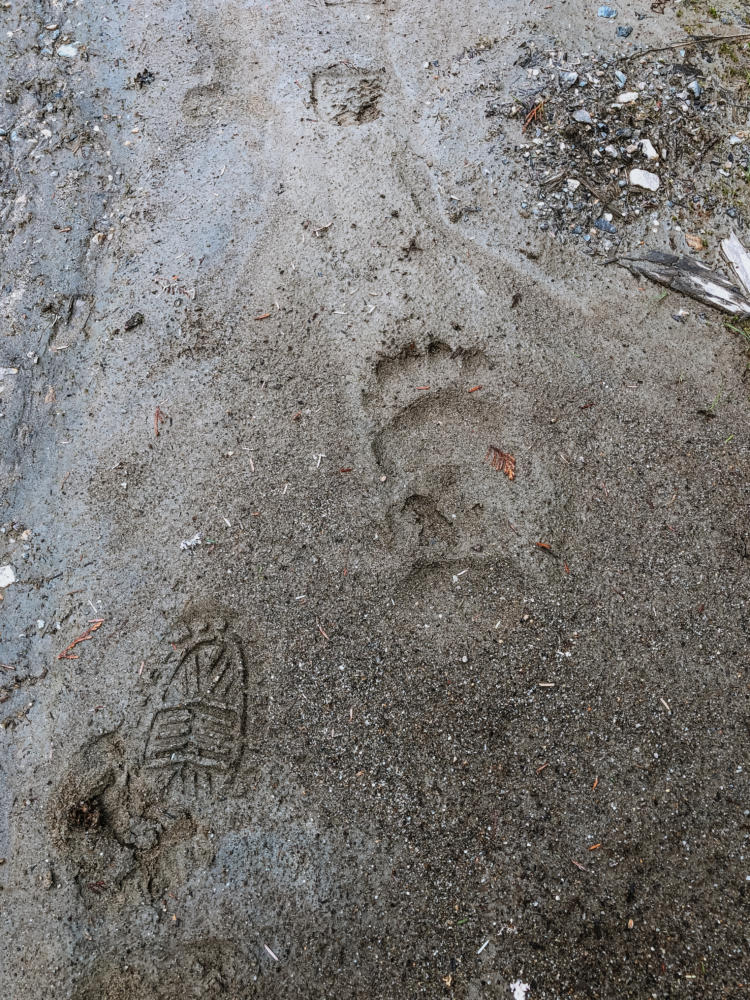
Fresh bear prints.
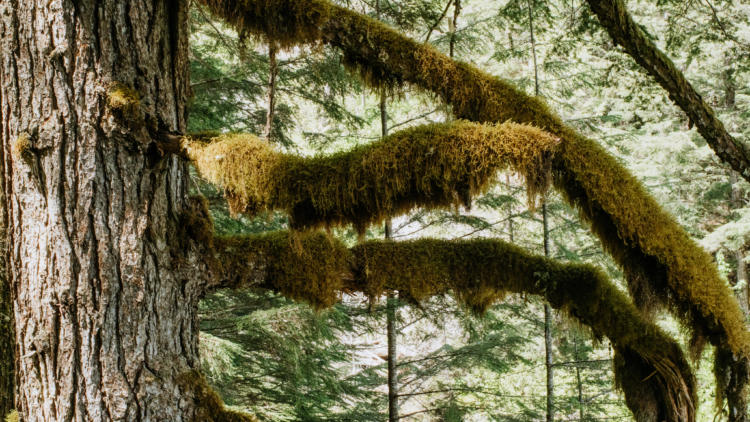
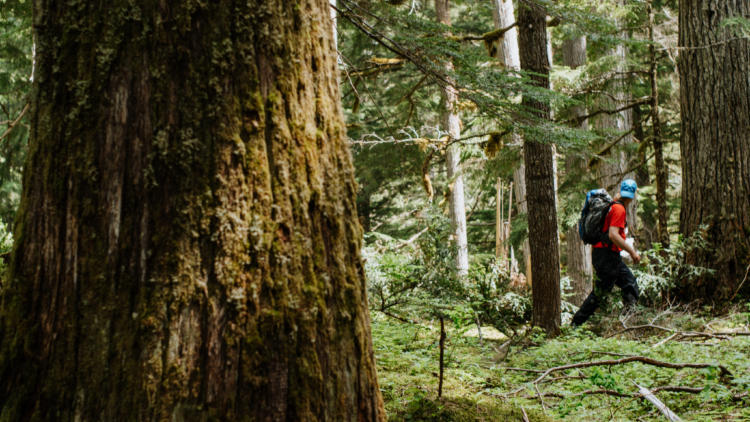
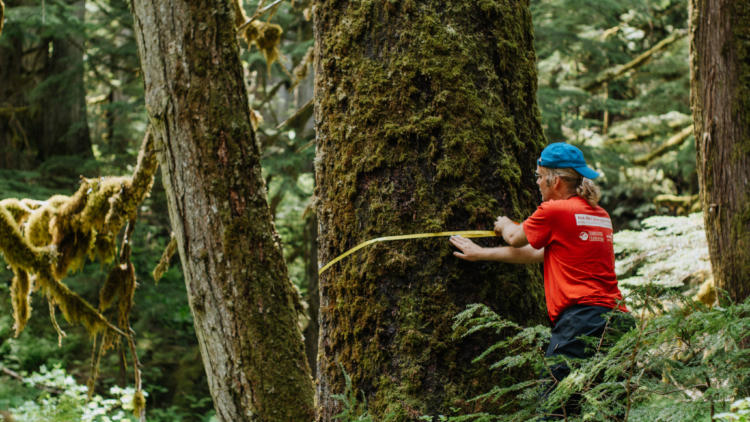
Toby measures a 1.32 metre diameter western white pine.
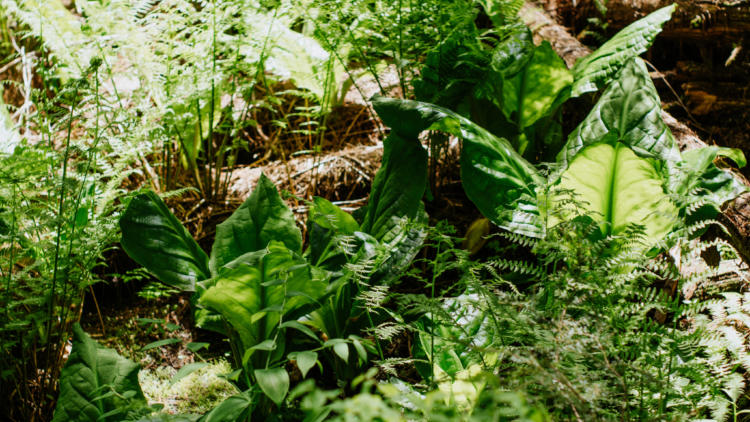
As the snow just melted the fresh smell of skunk cabbage was potent.

Caribou poop was found in three proposed logging blocks we visited.
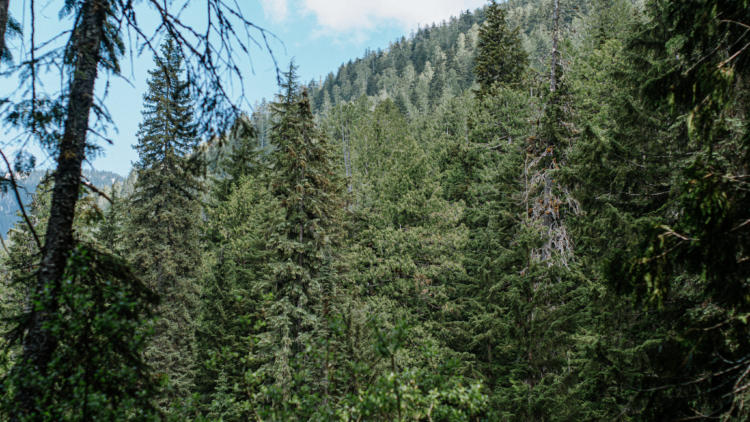
Old forest structure.
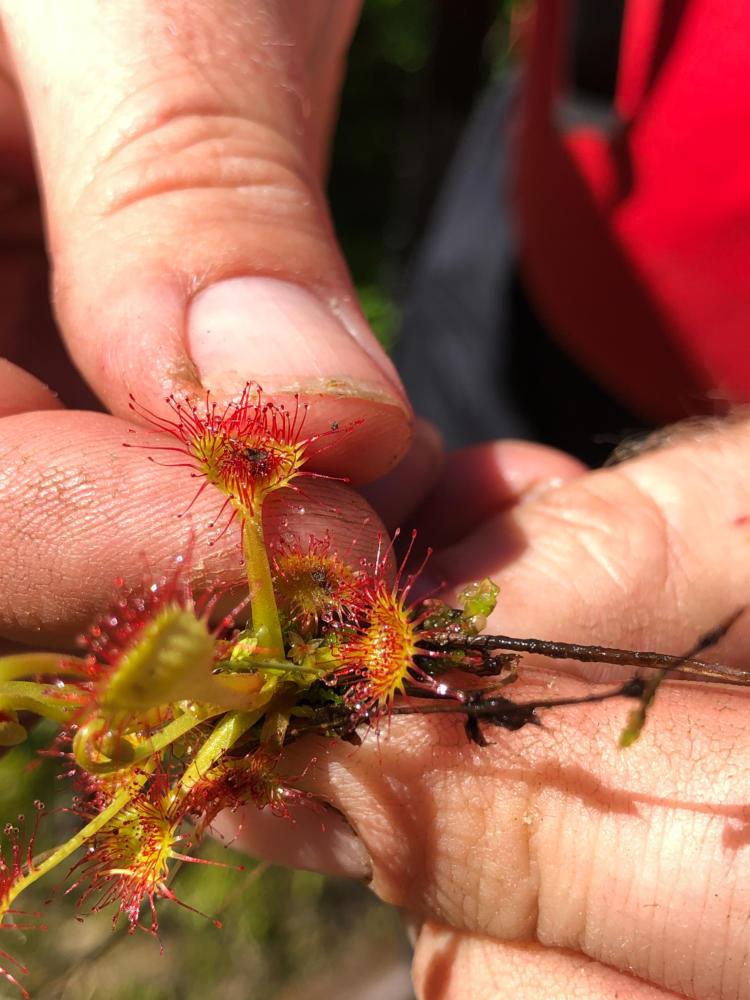
A round leaved sun-dew. The plant is carnivorous and feeds on insects, which are attracted to the glistening drops of mucilage (a gelatinous substance), loaded with a sugary substance, covering its leaves.

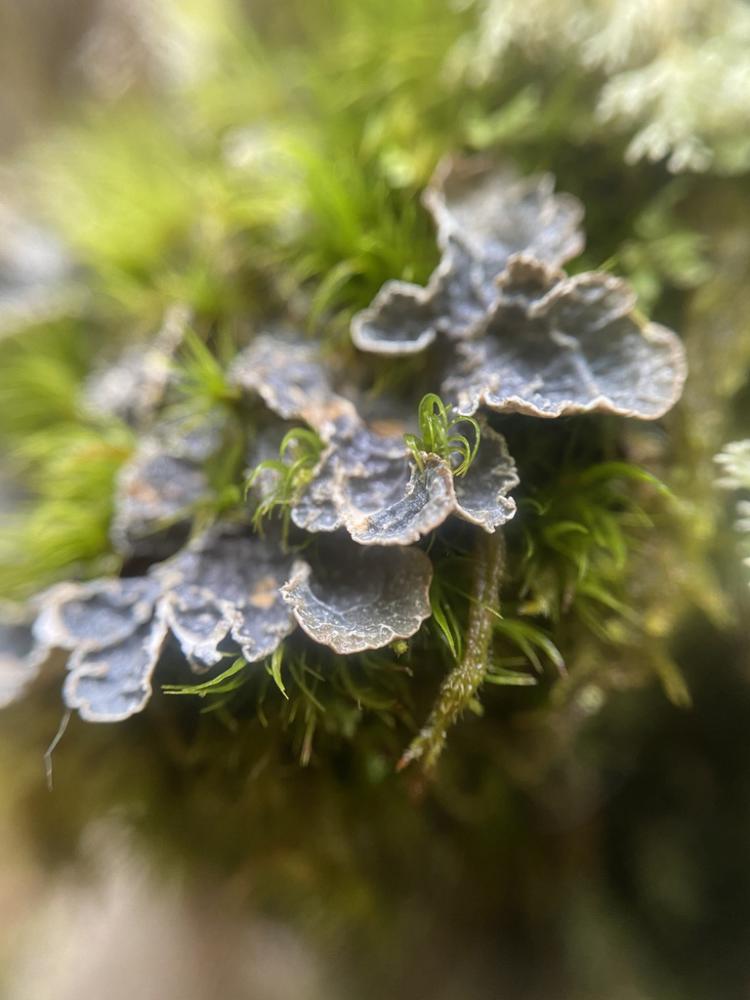
Cryptic paw, another rare lichen and threatened lichen. In Canada, cryptic paw is generally confined to British Columbia’s oceanic old forests and humid continental old forests such as true inland temperate rainforests. COSEWIC estimates the total Canadian population at approximately 12,000 individuals.
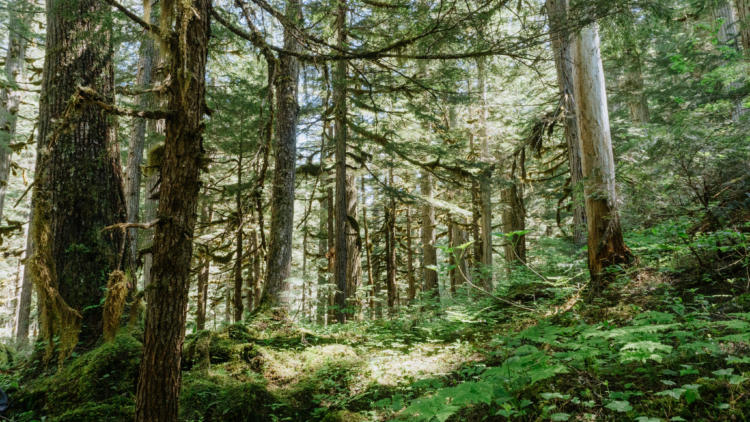
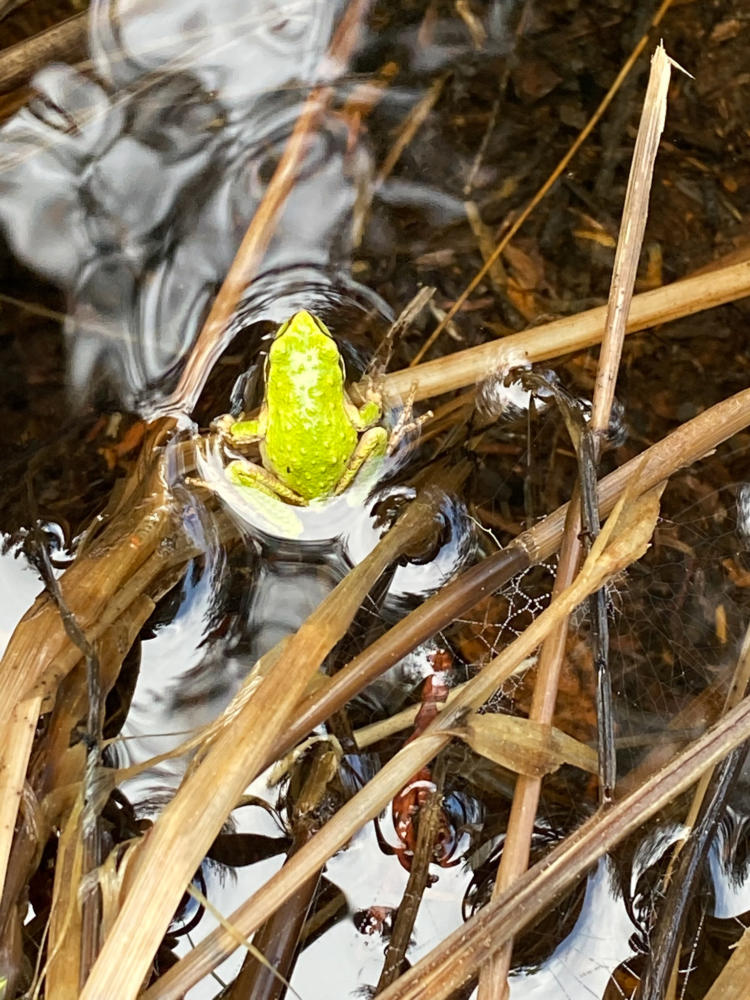
A pacific tree frog.

Tuckerman’s coral lichen.
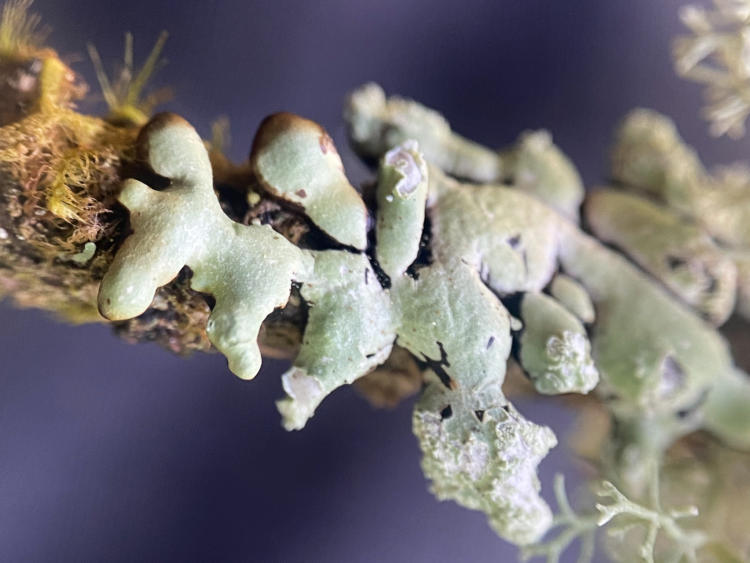
Seaside tube lichen.

Rare lichens in BC’s inland temperate rely on old growth forest. Much of the region’s old-growth forest
habitat for these species has been lost in the last 50 years in the inland rainforest region. As a consequence, population trends for all of these lichens are in a downward trend, and the remaining populations are increasingly fragmented in a drying and warming landscape. We need to protect these stands, not log them.


Protect ancient forests in caribou habitat








